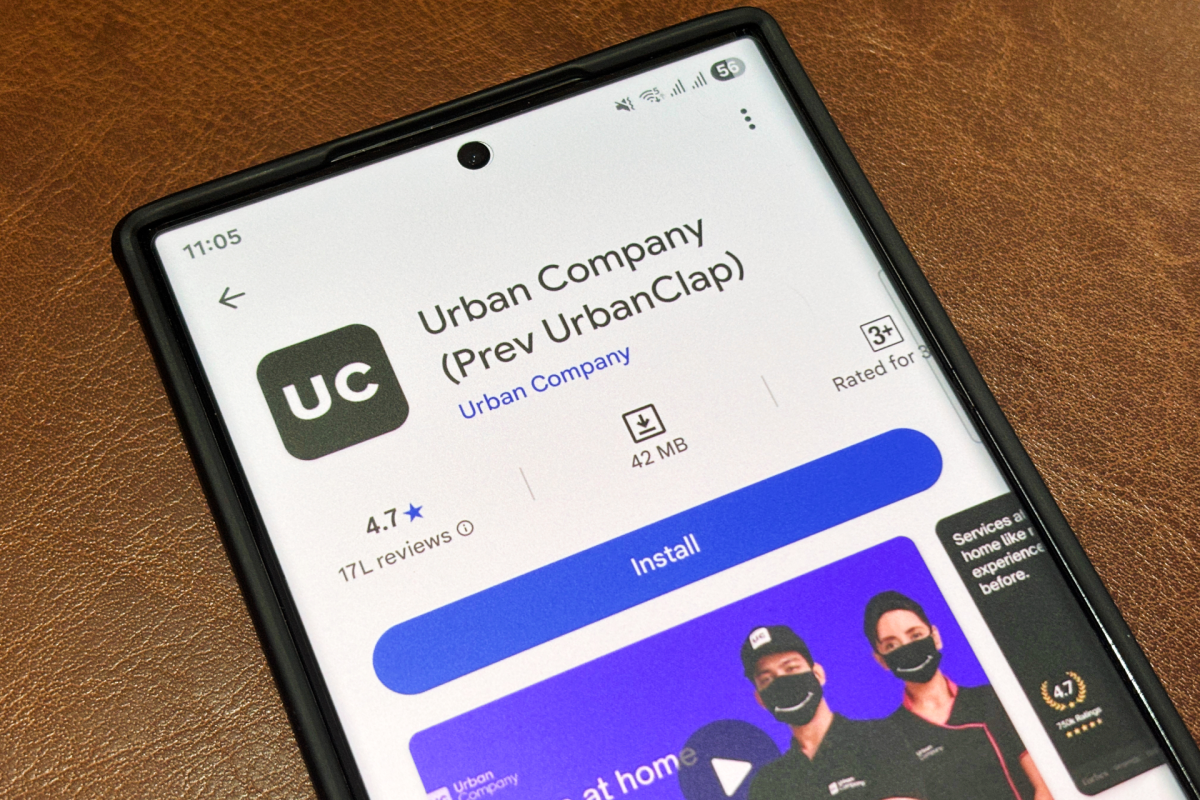By Roberto Dini
Copyright politico

Properly structured pools only succeed if implementers view their terms as balanced; they cannot ‘enforce’ acceptance into existence. When the market pushes back, pools adjust. That responsiveness makes them both pro-competitive and self-correcting.
LNGs invert that logic. As coalitions of buyers, their explicit objective is to aggregate purchasing power to secure discounts from the prevailing FRAND rate — all while their members continue to use the technology. However, the non-discrimination limb of FRAND makes across the board ‘group discounts’ very hard to square with commitments owed to all implementers, including those that have already taken licenses, directly or through a pool. This distorts competition by enabling buyers to exert undue pressure on licensors.
The draft TTG seeks to allay concerns by requiring LNG participation to be open and internally non-discriminatory, yet it does not grapple with the external effect on the SEP holder’s non-discrimination duty. That omission risks forcing a de facto “LNG rate” onto the whole market.
Asymmetry and holdout risk
The asymmetry here is striking. If price talks fail for tangible inputs, suppliers can simply stop shipments. Not so with SEPs: once standardized, the technology is embedded and keeps being used unless long, costly litigation is pursued. This reality gives coordinated buyers leverage to delay or avoid paying – a textbook recipe for holdout and cartel-like behavior.
Some argue that if licensors can license jointly through pools, licensees should be able to do so in LNGs. This is false logic. Pools aggregate non-competing assets to make complementary patents accessible. LNGs aggregate competing buyers to dictate price, a monopsony dynamic that competition law has long treated with suspicion. Pools, by contrast, have no such power. They live or die by market acceptance. Their incentive is to align with existing demand.



